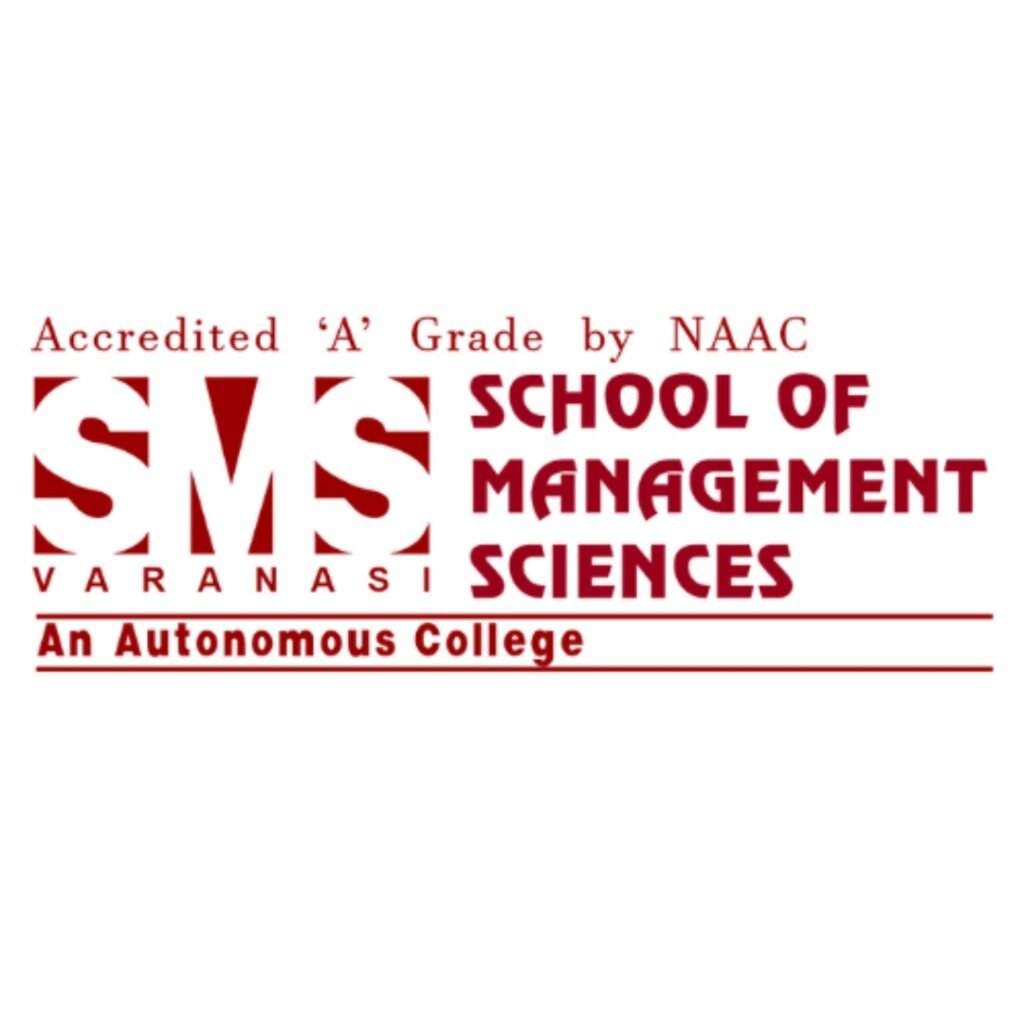APJ Abdul Kalam’s journey as a scientist is often remembered for its visionary impact, but the foundational years at the Defence Research and Development Organisation (DRDO) marked a transformative period in his career. The DRDO years in APJ Abdul Kalam career as a scientist were not just about launching missiles or inventing new technologies—they reflected his unwavering belief in self-reliance, national pride, and scientific spirit.
When Kalam joined the DRDO in the late 1950s after graduating in aeronautical engineering from the Madras Institute of Technology, India was a young nation aiming to carve its place in the global technological race. DRDO was in its formative years, and Kalam’s entry marked the arrival of a new generation of dreamers who saw science as a tool for national transformation. His initial work revolved around developing hovercrafts and prototypes of indigenous combat equipment. While the resources were limited, the ambition was limitless.
A Scientist Shaping India’s Defense Future
As part of DRDO, Abdul Kalam was tasked with several military technology projects, including missile and aeronautics programs. The emphasis on indigenous development, even with limited infrastructure, brought out Kalam’s problem-solving abilities and innate leadership. His tenure at DRDO saw the foundation of many technologies that would later define India’s strategic capability.
Despite the early challenges, Kalam showed exceptional dedication. He coordinated with multiple departments, interacted with scientists from around the world, and often worked long hours with minimal recognition. It was during this time that his clarity of purpose started to shine—he wasn’t working just for scientific success, but to serve the nation through innovation.
One of his significant contributions during this phase was his involvement in developing the first Indian hovercraft named Nandi. Though the project didn’t meet full operational success, it laid the groundwork for future innovation and reflected Kalam’s appetite for experimenting with indigenous designs.
Bridging Science and Strategy
The real turning point in APJ Abdul Kalam career as a scientist came when he began to focus on missile technology. Although DRDO was a civilian organization, its research had major implications for India’s military and strategic programs. Kalam’s role began expanding, and he soon emerged as a bridge between policymakers and scientists.
His leadership style was both technical and inspirational. He believed in collaborative work and took pride in mentoring young scientists. The DRDO labs became not just centers for research but temples of national service under his guidance.
Though the big breakthroughs were still to come at ISRO and during the Integrated Guided Missile Development Programme (IGMDP) in later years, his work at DRDO created the fertile ground for these successes. It was here that he built a deep understanding of the integration of aeronautical design with military strategy, a skill that would define his future projects.
DRDO’s Role in Shaping Kalam’s Ideology
The time at DRDO was not just professionally significant for Kalam; it was philosophically defining. It shaped his understanding of leadership, nation-building, and the role of science in societal transformation. Kalam wasn’t just a scientist in a lab—he was a thinker whose scientific pursuits were always tied to a greater social purpose.
During his time at DRDO, Kalam also developed his famous discipline and ethics, which later became part of his public persona. He lived simply, worked tirelessly, and always encouraged curiosity among his peers. Many recall how he would personally inspect every prototype, often challenging younger scientists to think beyond their limitations.
It was also at DRDO that Kalam began articulating his thoughts about India’s future. He realized that technology without purpose was hollow. This is where his dreams for a self-reliant India—powered by homegrown science—took root.
Laying the Groundwork for Missile Development
Even though the full-fledged missile development programs took shape in the 1980s under the IGMDP, the seeds were planted during Kalam’s DRDO years. His research laid the foundation for projects like Agni and Prithvi, which would later make headlines across the world.
Kalam’s deep involvement in composite materials, propulsion systems, and aerodynamics came from the years of experimentation and testing in DRDO’s often modest labs. His knack for applying theoretical knowledge to practical innovation was first honed during these years. His work inspired many defense scientists to adopt a more indigenous approach to research and innovation, steering the Indian defense industry away from dependency on foreign technologies.
A Stepping Stone to National Greatness
In the larger narrative of APJ Abdul Kalam career as a scientist, the DRDO years were a crucial stepping stone. They may not have always produced headline-making breakthroughs, but they built the resilience, skills, and vision that Kalam would later use to lead India’s space and defense missions.
When he later moved on to ISRO and returned to DRDO as the head of missile development, the principles he had cultivated during his earlier tenure guided his leadership. The teamwork, commitment, and indigenous innovation approach that he promoted all had their roots in the challenges he faced and overcame during his early DRDO career.
Conclusion: A Humble Scientist, A National Icon
The DRDO chapter in APJ Abdul Kalam career as a scientist is a lesson in perseverance, vision, and purpose. It is a period marked by unseen sacrifices, experimental struggles, and quiet victories. Yet, it is also where the nation’s “Missile Man” was born—not just through technology, but through character.
Abdul Kalam’s journey proves that science, when aligned with national vision, becomes more than just a discipline—it becomes a movement. His years at DRDO remain a testament to his belief that even in the face of limited resources, unwavering determination and a sense of mission can lead to monumental achievements.
Read Also: Deepfake Journalism: Can We Still Trust Video Evidence?







